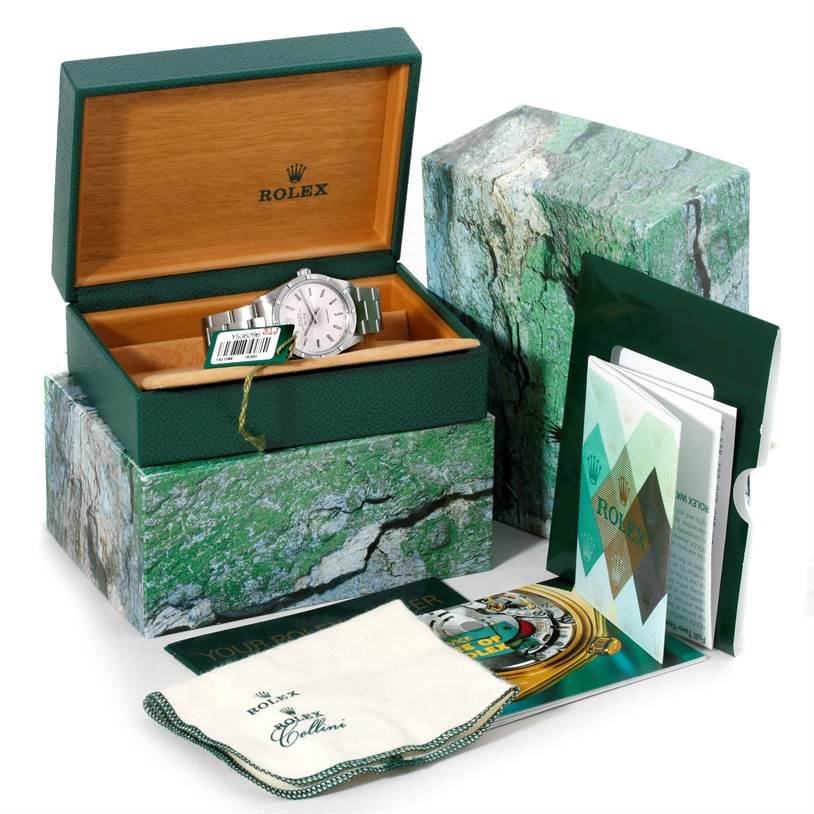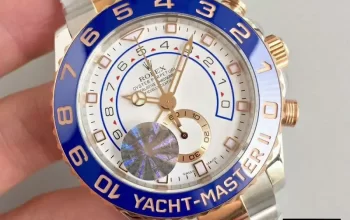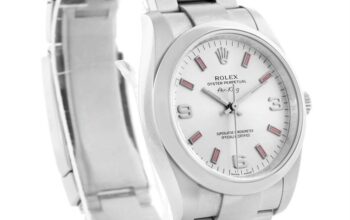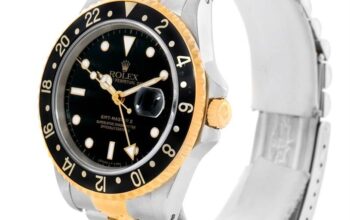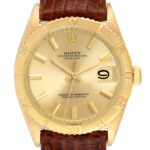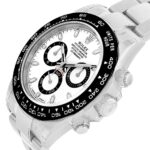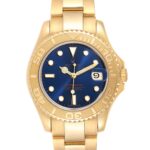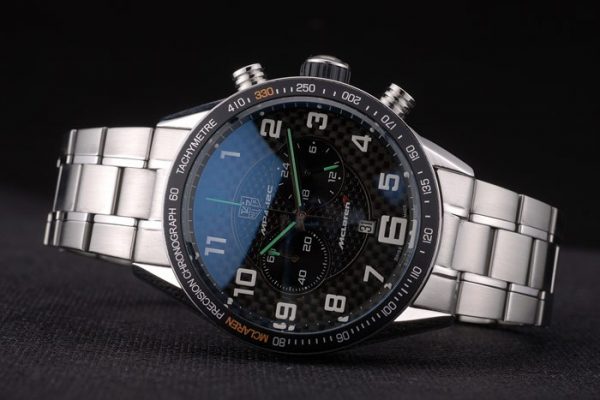Considered a symbol of luxury, platinum has found a place in jewelry-making and timekeeping devices as far back as the ancient civilizations of China and Babylon. 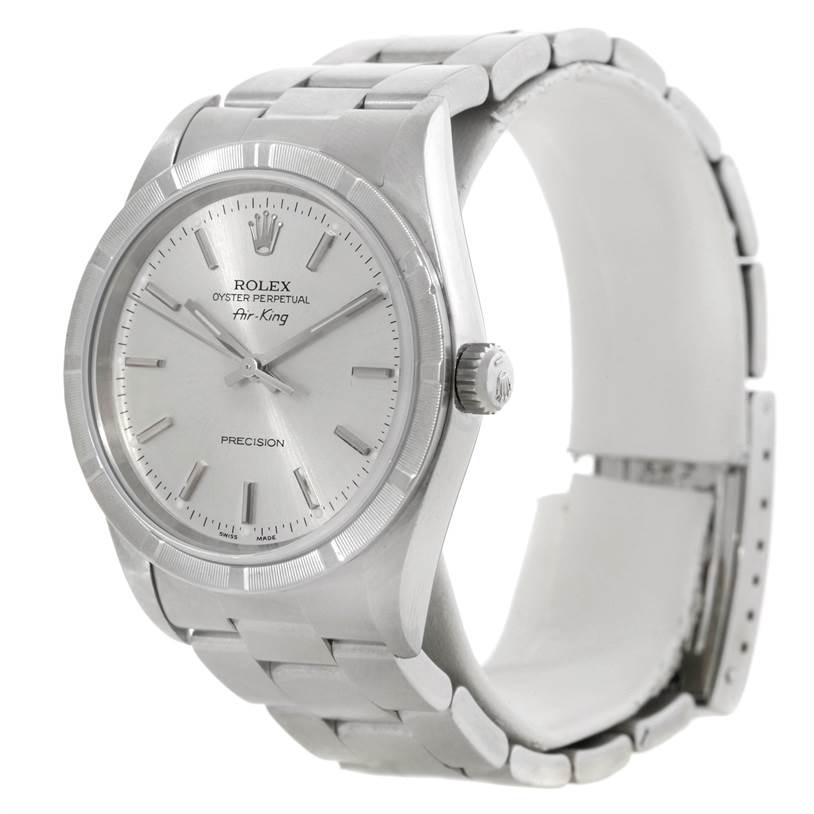
The name platinum comes from the Spanish Platina or “little silver”, and its history goes back thousands of years. But its use as an aesthetic component in Western culture did not begin until very recently, in the 19th century.
Platinum is one of the least reactive metals and is incredibly resistant to corrosion, making it an ideal material for certain special industrial equipment. Catalytic converters, electrical contacts and electrodes, and special dental equipment benefit from platinum’s unique properties.
Known for its sparkling whiteness, platinum has a brilliance that even white gold cannot match. Platinum has an unmistakable brilliance that, combined with its powerful weight, makes any jewelry, especially luxury replica watches, stand out.
Although platinum is exceptionally heavy and dense, it is also surprisingly soft and malleable. This, combined with its very high melting point – over 1,700°C – makes working and polishing a job for high-tech machines and especially skilled craftsmen.
Since 1997, the brand has had the so-called Rolesium model in its collection. Like Rolesor, Rolex is a term coined by replica Rolex to describe a bimetallic combination, in this case, a stainless steel case topped with a platinum bezel. The Yacht Prestige is the first and, so far, the only watch group to offer a Rolesium version in both 37mm and 40mm sizes. The larger and more complex Yacht-Master II is available in a similar type but in a white gold case.
This metal is also used further in the production process. Rolex’s patented red gold, Everose, contains 2% platinum in the alloy to preserve its hue. And on some of the company’s Cerachrom bezels, platinum is used to give the engraved numerals their individual color by PVD plating.
